Retail is evolving at a breakneck pace, and the importance of seamless customer experiences is increasingly becoming critical to businesses. With the rise of ecommerce and social media, consumers are demanding more convenience and consistency with how they engage with their favorite brands. To achieve this, jewellery retailers are turning towards omnichannel commerce.
Rather than just brick-and-mortar or online shopping, omnichannel provides a seamless and unified experience by leveraging different sales channels to make interactions with customers more seamless and convenient.
In this article, we will explore the reasons why omnichannel commerce is the next step of evolution in retail, and why businesses should consider implementing this approach to enhance customer experiences, increase revenue, and remain competitive in today’s digital age.
What does omnichannel mean?
Omnichannel refers to a marketing and retail approach that provides a seamless and integrated customer experience across all channels, including online, mobile, social media, and physical stores. It involves the use of multiple channels and touchpoints to connect with customers and provide a consistent brand experience, regardless of the method they choose to interact with the brand. Omnichannel puts the customer at the center of the experience and ensures that transactions can be completed via any channel with ease, allowing customers to switch between channels without interrupting the process.
Why is an omnichannel system beneficial for my business?
An omnichannel system is beneficial for your business for a number of reasons
Improved Customer Experience
Customers are able to access your products or services using their preferred sales or communication channels, which creates a consistent and seamless experience across all channels. This leads to increased customer satisfaction as they don’t need to waste time navigating through different channels to find the information they seek.
Increased customer engagement
An omnichannel approach allows businesses to engage their customers across multiple channels, which in turn can increase interaction and customer engagement. You are able to provide targeted communication and marketing campaigns based on the customers’ preferred channels.
Enhanced customer retention
Customers are more likely to return to a business that provides a seamless experience across all channels. By choosing any channel, customers are receiving the same customer service and an overall consistent experience.
Better data insights
With omnichannel systems, businesses are able to accumulate data from several different channels, and this data summation provides a more accurate and robust understanding about the customer journey.
Increased efficiency
Omnichannel systems allow businesses to consolidate information, data and workflows from multiple channels, resulting in better process and operational efficiency.
Competitive edge
With increased online competition, customers expect the same level of service, convenience and personalized attention in your business as they receive from larger corporations. An omnichannel system can help to level the playing field with larger companies.
Overall, an omnichannel system can effectively integrate all channels to provide a seamless and cohesive customer experience, leading to increased customer retention, loyalty and trust of your business.
Omnichannel commerce offers a consistent and personalized customer experience across multiple channels. By implementing an omnichannel approach, businesses can improve customer engagement, create a competitive edge, and increase efficiency. Additionally, omnichannel commerce enables jewellery retailers to make better use of customer data, which provides invaluable insights into customer behavior and preferences.
As competition continues to grow, businesses that stay ahead of the curve by providing exceptional customer experiences through omnichannel commerce will be poised to succeed in the future of retail. With the benefits of increased revenue, customer satisfaction and loyalty, the shift towards omnichannel commerce is absolutely critical for jewellery retailers looking to thrive in the digital age.
For more information about Ominchannel ecommerce contact us for a chat.
What is a point of sale system?
A point of sale (POS) system is a software and hardware system that is used to facilitate sales transactions between a business and its customers. It typically includes a computer, a monitor or touchscreen display, a cash drawer, a payment terminal (such as a credit card reader), and often a receipt printer. The software component of a POS system is used to track inventory, manage customer data, create sales reports and receipts, process payments, and perform various other functions related to sales transactions. POS systems are commonly used in retail stores, restaurants, and other businesses where customers make purchases in person.
What is an ecommerce system?
An ecommerce system is a software and hardware solution that enables businesses to sell products or services online. It typically includes a website, shopping cart software, a payment gateway, and a back-end system for managing orders, inventory, and customer data. The website is the primary interface between the business and its customers, and it allows customers to browse products, add items to a shopping cart, and complete transactions. The shopping cart software manages the checkout process, calculates taxes and shipping costs, and sends order information to the business’s back-end system. The payment gateway allows customers to pay for their purchases using a variety of methods, including credit cards, Stripe, or other electronic payment systems. The back-end system provides an interface for managing orders, tracking inventory, and analyzing sales data. An ecommerce system can be either hosted on the business’s own servers or provided as a cloud-based service.
What is a software integration?
An integration is the process of connecting two or more systems or applications in order to share data and functionality between them. Integrations are commonly used to automate business processes and improve efficiency by reducing the need for manual data entry or the use of separate applications that don’t communicate with each other. In an integration, one or more application programming interfaces (APIs) are used to allow the systems to communicate and share data. For example, an integration could be created to automatically transfer customer data from a point of sale system to a customer relationship management (CRM) system, or to synchronize inventory levels between an online store and a warehouse management system. Integrations can be built using a variety of tools and technologies, depending on the systems being connected and the goal of the integration.
Why are integrations important?
Integrations are important for several reasons, including:
- Automation: Integrations automate business processes by reducing the need for manual data entry and the use of multiple systems that don’t communicate with each other. Automation leads to increased productivity, efficiency, and accuracy.
- Data accuracy: Integrations ensure data accuracy by eliminating the potential for errors that can occur when data is manually entered into multiple systems.
- Real-time data: Integrations provide real-time data by allowing systems to communicate with each other in real-time. This ensures that data is always up-to-date and readily available.
- Cost savings: Integrations can reduce costs by eliminating the need for manual labor and improving efficiency. Further, integrations can enable businesses to use and get the best out of the technologies they’ve already invested in.
- Improved decision-making: Integrations allow businesses to get a holistic view of their data, making it easier to make better-informed decisions about various functions and processes of the business.
Overall, integrations have become vital in today’s digital world, with businesses relying heavily on technology to automate and streamline their processes.

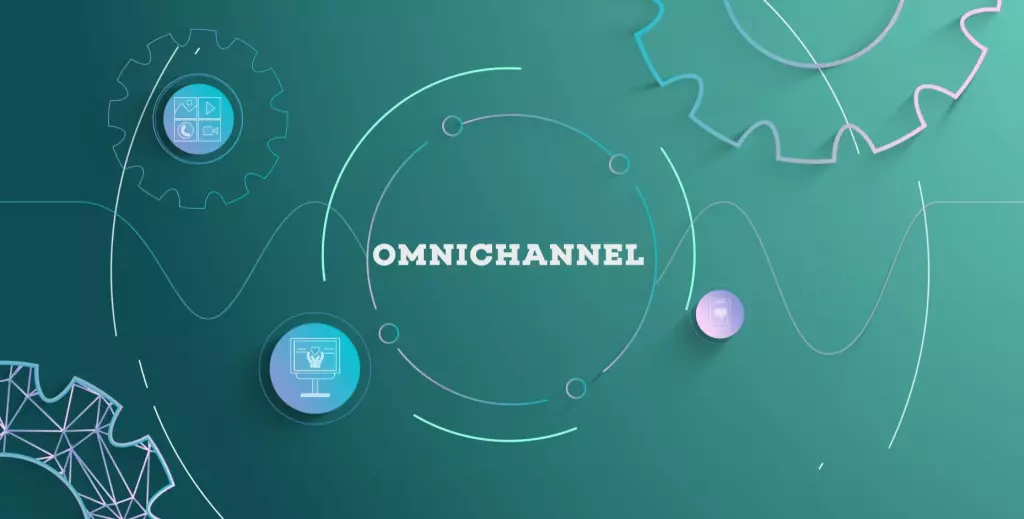
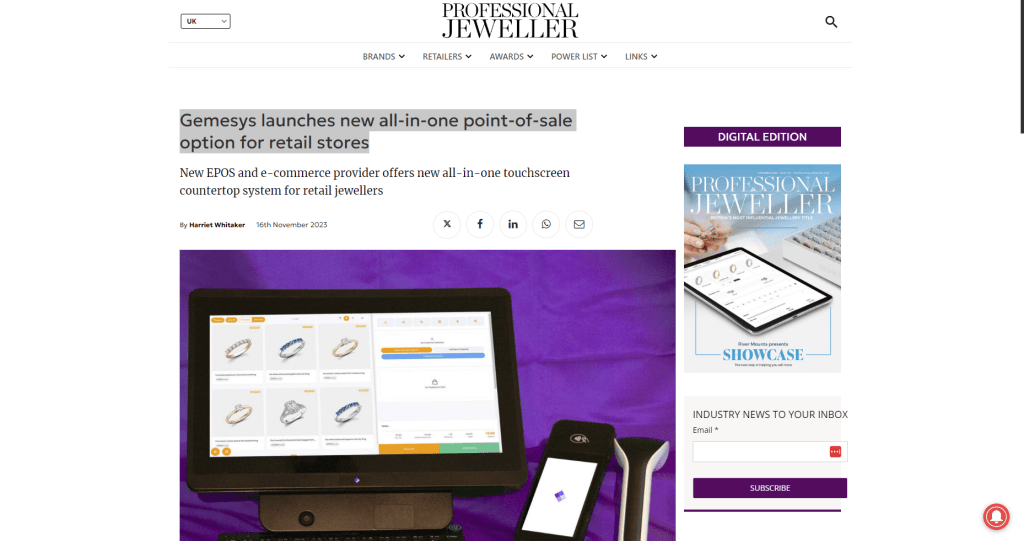
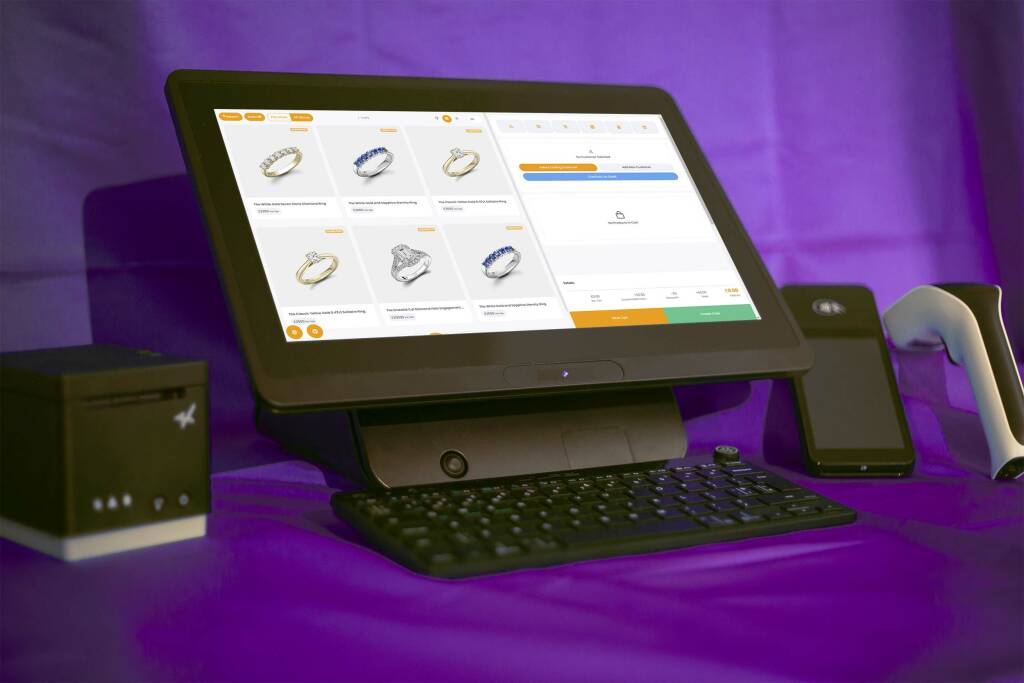

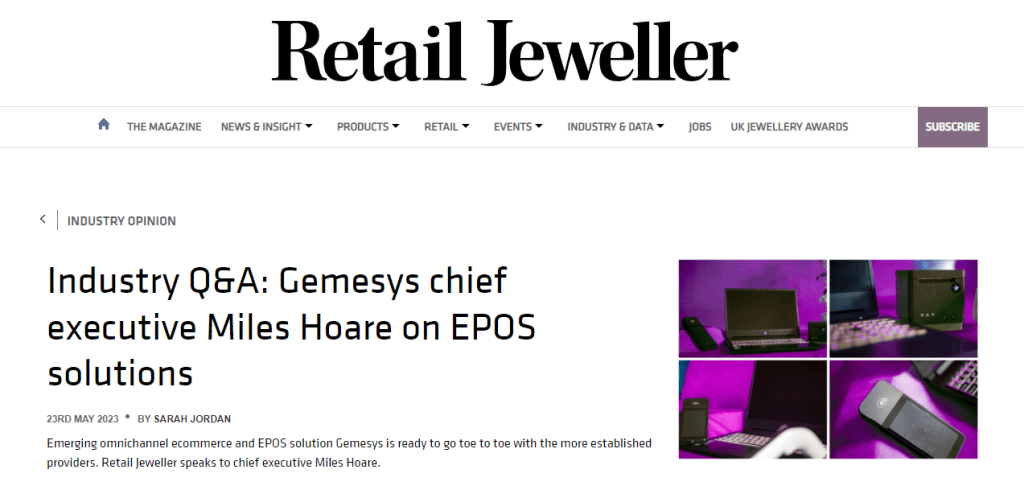

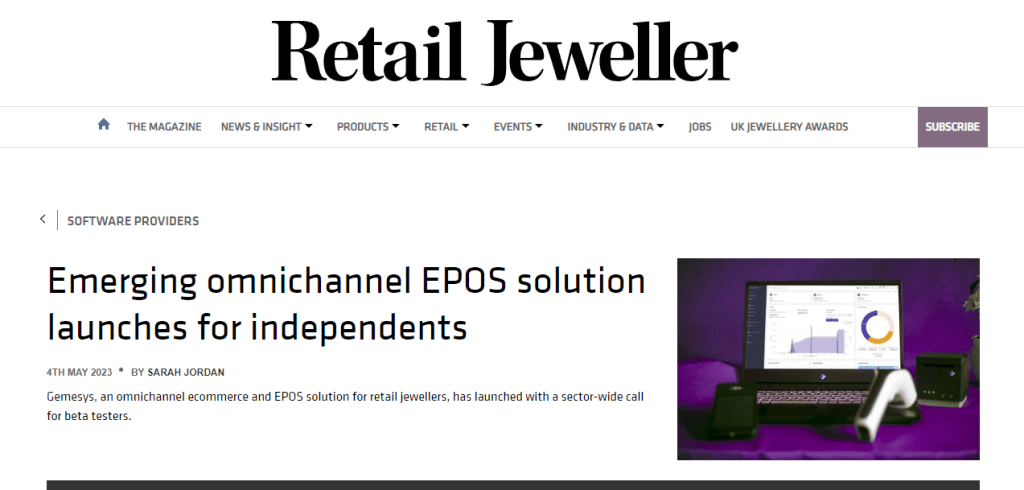


0 Comments